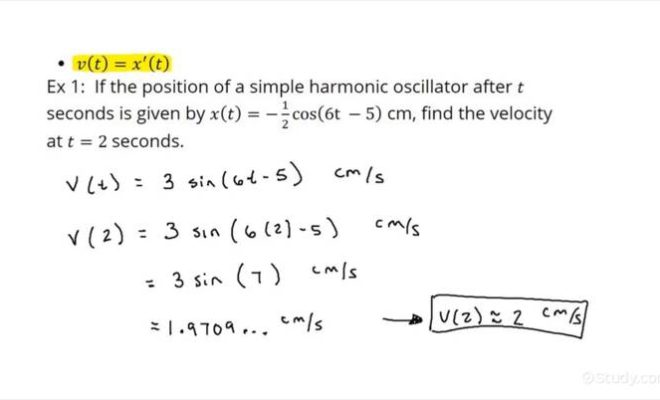How to calculate moles of a solution

Introduction:
In chemistry, the mole is a unit used to quantify the amount of a substance. It plays a central role in determining the concentrations of solutions and performing stoichiometric calculations. This article will guide you on how to calculate the moles of a solution.
Step 1: Determine the molecular weight
The first step in calculating moles is determining the molecular weight (also known as molar mass) of the solute, which is the substance dissolved in the solution. The molecular weight is the sum of atomic weights of all atoms in a molecule, expressed in grams per mole (g/mol). You can find atomic weights on a periodic table or consult chemistry reference books.
Step 2: Convert mass to moles
Once you have determined the molecular weight of your solute, you can convert its mass into moles. To do this, simply divide the total mass (in grams) by its molecular weight.
Moles = Mass (grams) / Molecular Weight (g/mol)
Step 3: Calculate molarity
Molarity is defined as the number of moles of solute per liter (L) of solution. To determine the molarity, first, measure or gather the volume (in liters) of your solution. Then calculate using this formula:
Molarity (M) = Moles / Volume (liters)
Step 4: Apply dilution formula if necessary
Dilution involves decreasing the concentration of a solute in a solution by adding more solvent. If you have diluted your original solution into another container with additional solvent volume, you will need to apply the dilution formula to determine the moles of your solution.
Dilution formula: M1V1 = M2V2
Here, M1 and V1 are the molarity and volume of your original solution, while M2 and V2 are for the diluted solution. By calculating either M2 or V2, given the other variables, you can determine moles in your diluted solution.
Conclusion:
Calculating moles of a solution is a fundamental skill in chemistry and related fields. It helps in understanding chemical reactions, determining concentrations of solutions, and making comparisons of different substances. With these steps in mind, you will be well-equipped to calculate moles in a variety of scenarios.






